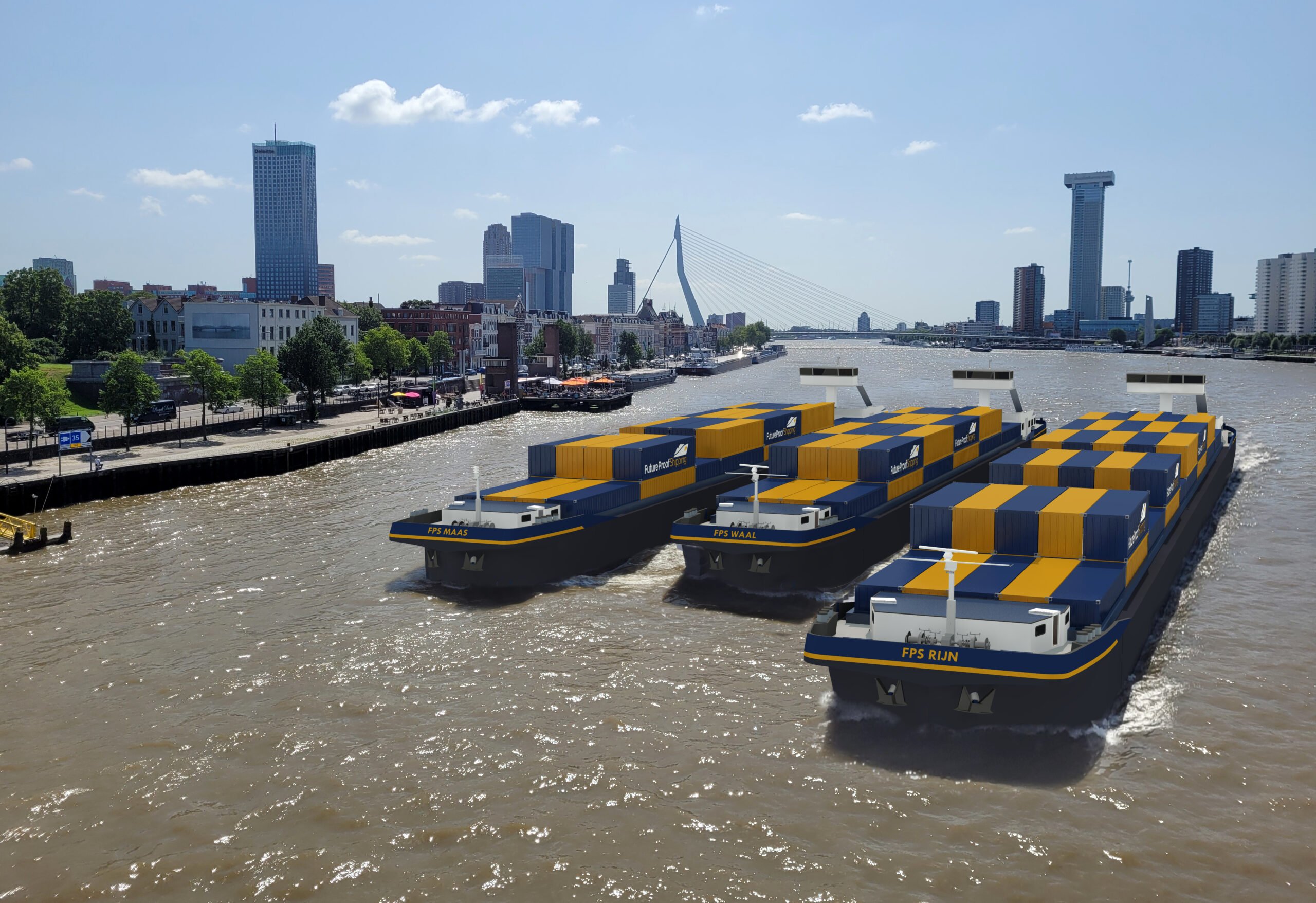
Today, the government announced its intention to offer 130 million euros for the further development of Brainport Eindhoven. It is the first concrete result of a long lobby, which has not yet come to an end. An analysis of how the envelope has been made available. And what about the future?
Brainport certainly hasn’t started its lobby in the Hague just recently. But something substantial changed in the tone around 2015. In fact, this tone shifted quite quickly from the traditional demand for attention from a so-called underprivileged region (as there were many regions in the Netherlands) to an offer from the same region to help make the entire country stronger. From pathetic Calimero to proud Goliath. And it is precisely this signal that may have been the decisive factor in the way The Hague looks at Brainport Eindhoven.
Of course, there was also every reason to change the tactics. Not only had Brainport managed to emerge extremely strongly from the crisis (including an appointment as the smartest region in the world in 2011), but the figures were also very clear: year after year, above-average economic growth and, in recent years, even the strongest in the country.
An important moment was the letter that the regional captains of industry sent to The Hague at the end of 2016, under the leadership of Peter Wennink, CEO at ASML. Surely, one day we will find out how hard Wennink’s fist hit the table at that time in the Catshuis, but the effect of his action was almost immediately noticeable. Wennink said: Brainport is “Chefsache“, Mark Rutte has to get involved in this himself. And he did.
Rutte was able to do this because Brainport itself very quickly developed a follow-up to Wennink’s cry for help from Wennink and his fellow captains-of-industry. The Brainport National Action Agenda – the word National was added for good reason, and not without effect – supported the story about the need for the right conditions for attracting and retaining talent.
And although the wishes themselves were no different, the story was suddenly of national importance. Because Eindhoven was able to demonstrate that it was competing against much larger regions such as Munich, Helsinki, Taiwan and Silicon Valley, the strengthening of Brainport Eindhoven had suddenly become of national importance. And that also made it easier for the sharpest emotions from the other regions to disappear when it came to major issues like the mainport status or the unequal payments from the municipal fund. Even talking about joining the G4 is no longer taboo, although it is questionable whether Eindhoven itself still attaches a great deal of importance to this.
The National Action Agenda also became the basis for the Cabinet’s question six months later: which parts of this major agenda (in itself worth more than 10 billion) are so urgent that we can further stimulate them with an extra impulse in the form of a regional envelope? In its answer, the region is referring to an ‘offer’ instead of a ‘request’, and is focusing on the national interest again. And that worked, resulting in an envelope with which steps will now be taken on three fronts. Provided, of course, that the region itself is able to make a significant contribution because although the total amount has remained the same (370 million), the national government’s contribution has become quite less than the requested 170 million.
The three main items in the envelope are the logical consequence of this: facilities (culture, sports, etc.), talent acquisition, and major social innovations (such as automotive and photonics). The connecting line between these themes is – apart from the national interest, which applies in particular to the latter two – the way in which technology could be linked to relevance for society. That too has proven to be a significant factor: Eindhoven is no longer that world-famous region where things happen that the rest of society does not understand anyway, no, it is as State Secretary Mona Keijzer recently observed in Eindhoven itself: “It is mindblowing what this region means to the world, fantastic that we can make a contribution to this”.
And there was another gold discovery from the Brainport lobby, which was directly related to this: the success of Brainport Eindhoven is not only determined by the highly educated brainheads, but at least as much by the golden hands. In other words, we will only succeed if we focus not only on academic education but also on higher professional education (HBO) and intermediate vocational education (MBO). During the ministerial visits to places like VDL, ASML and High Tech Campus, the region was able to demonstrate this very clearly: the manufacturing industry is an essential part of the high-tech value chain.
Of course, in this process the hard work had to be done by a relatively small group of people from Brainport Eindhoven itself: thinkers, analysts and lobbyists who managed to pack the message of a successful region so well that The Hague started to believe in the story – and indeed, became convinced that a lack of support would harm the country. There were specialists in each area, sometimes even someone else for each moment. The business community, knowledge institutions, and governments sent various forces forward to score their points when this was asked for.
However important all these people were, today’s success would never have been possible without Staf Depla, the soon to be leaving Eindhoven alderman who set the course on behalf of the Metropolitan Region. As a captain without a visible captain’s band, he sent the team to the (provisional) victory. Together with his teammates, he not only ensured that all players were in the right position at the right moment but also continued looking for his own weaknesses in content and tactics. In regularly held sessions in which he invited challengers to show even the very last devilish details, this way of working turned out to be rewarding in the end.
But although Depla’s role will be different after next Wednesday, the Brainport lobby is not yet ready. As said, the envelope is only the prelude for the rest of the Brainport National Action Agenda. The awareness that 10 billion euros is a lot of money will feel just as heavy as the fact that there are so many connecting factors in the coalition agreement that it is only logical that there will be a follow-up. Digitisation, smart mobility, the major challenges for society: these are just a few of the spearheads of this Cabinet that fit in like a glove with the performance and ambitions of the Brainport region. Add to this all the needs concerning infrastructure, the research and education budgets, further strengthening of the local fundament for talent… the hard work does not end with the filling in of the regional envelope. Not to mention all the energy needed to find the promised 240 million euros ‘own contribution’ from the region.
All signals are green, but this will lead to nothing if the train doesn’t continue to move.
[smartslider3 slider=5]
Foto’s: Bart van Overbeeke






